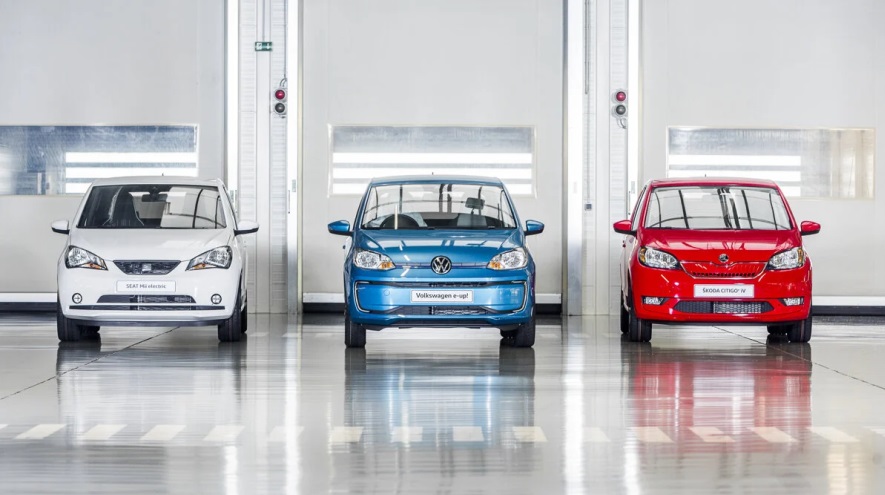Last month, a meeting took place at the Office of the Government of Slovakia, attended by state authorities, the National Council, and key players in the country’s automotive industry.
During the dialogue among the participants, Patrik Krizansky, representing the Slovak Electric Vehicle Association (SEVA), presented a series of proposals with the aim of achieving better development of the sector in the nation.
One of the main needs expressed by the spokesperson is the launch of subsidies for the purchase of electric vehicles, as has been tested in various countries in the region.
For example, France and Germany, together with Norway, account for 64 per cent of all zero-emission vehicles on the continent.
These nations implemented subsidies such as the ecological bonus or social renting.
But Slovakia ranked last in the adoption of electric cars in 2022 with only 1.7 per cent and two per cent for the hybrids, according to SEVA statistics.
This trend continued in 2023, with the purely electric vehicles accounting for only 1.8 per cent in the first quarter.
As of December 31st of last year, there were a total of 10,273 battery-electric units registered in the Slovak Republic’s vehicle registry.
This represents a problem for the sector, as it not only has a low share of low and zero-emission vehicles but also very slow growth.
On the other hand, regarding the development of charging infrastructure, the association also provides recommendations. It’s worth noting that SEVA’s statements are part of their 2023 report.
The association proposes speeding up the implementation of the ultra-fast charging hub project along the highways.
Regarding the budget, 30 million euros is allocated for this project, coming from the Recovery Plan.
In this regard, SEVA considers that the main complication lies in the strong regional disparities in the development of charging infrastructure.
Specifically, more than 70 per cent of the terminals are installed in just five countries: the Netherlands, Germany, France, the United Kingdom, and Italy.
Within Slovakia, by the end of the first quarter of 2023, a total of 1,576 public charging points were installed at 657 locations.
This represents a year-on-year growth of 55 per cent in charger placements.
While this expansion sounds very positive, the reality is that, according to the report, there is a complete absence of ultra-fast charging networks along the highways.
SEVA also advocates for investments in the battery production industry.
It is estimated that from 2035, an annual battery production capacity of 80 GWh will be needed to cover only the vehicles produced by Slovak car manufacturers.
This is equivalent to two gigafactories.
In this direction, the Chinese company Gotion High Tech and its Slovak partner InoBat signed a memorandum to build an electric vehicle battery plant.
The alliance aims to start production at the plant in 2026, initially with a combined annual production of 20 gigawatt-hours.
Finally, the association understands that fostering an ecosystem for cooperation and innovation in the automotive industry is crucial.
To achieve the goal of making the sector faster and more efficient, SEVA proposes the provision of predictable and long-term sources of funding.
The relevance of Slovakia as an eMobility project
This nation represents one of the most prominent industrial blocs in the region regarding automobile production.
Currently, it is the third-largest automotive producer in Europe, behind Germany and France, according to the International Trade Administration.
Thus, if Slovakia manages to shift its production towards electric vehicles through national policies and investments, it would signify a significant influx of new low-emission vehicles in Europe.
Read more: eMobility Transition in Slovakia: What is the situation for automotive industry workers?”







